Make Your Winter Trip to Japan Even More Enjoyable! Recommended Heat Pack Guide
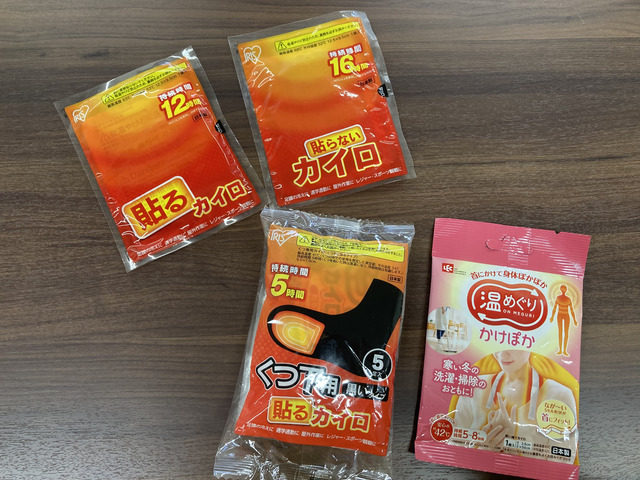
In this harsh winter season, it’s essential to have proper cold protection to enjoy sightseeing comfortably. One great recommendation is heat pack.
In Japan, there are various types of heat pack available, each suited to different purposes. Whether you’re walking in the cold outdoors or feeling chilly indoors, heat pack provide an easy way to stay warm and comfortable.
In this article, we’ll introduce some of the best heat packs for your winter trip to Japan.
Types and Features of Heat Packs
1. Stickable heat pack
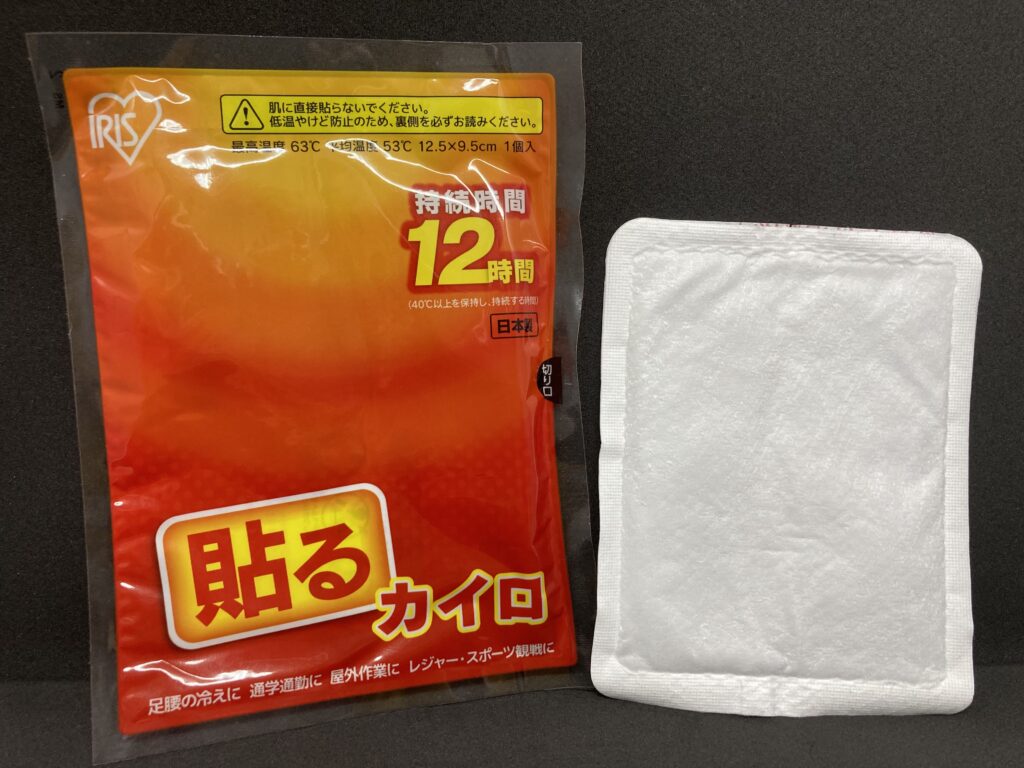
The stickable heat pack, as the name suggests, is a type that can be directly attached to your clothing.
It is especially effective for warming areas that tend to get cold, such as the waist and stomach. Once applied, it provides warmth for approximately 12 hours, making it perfect for long outings.
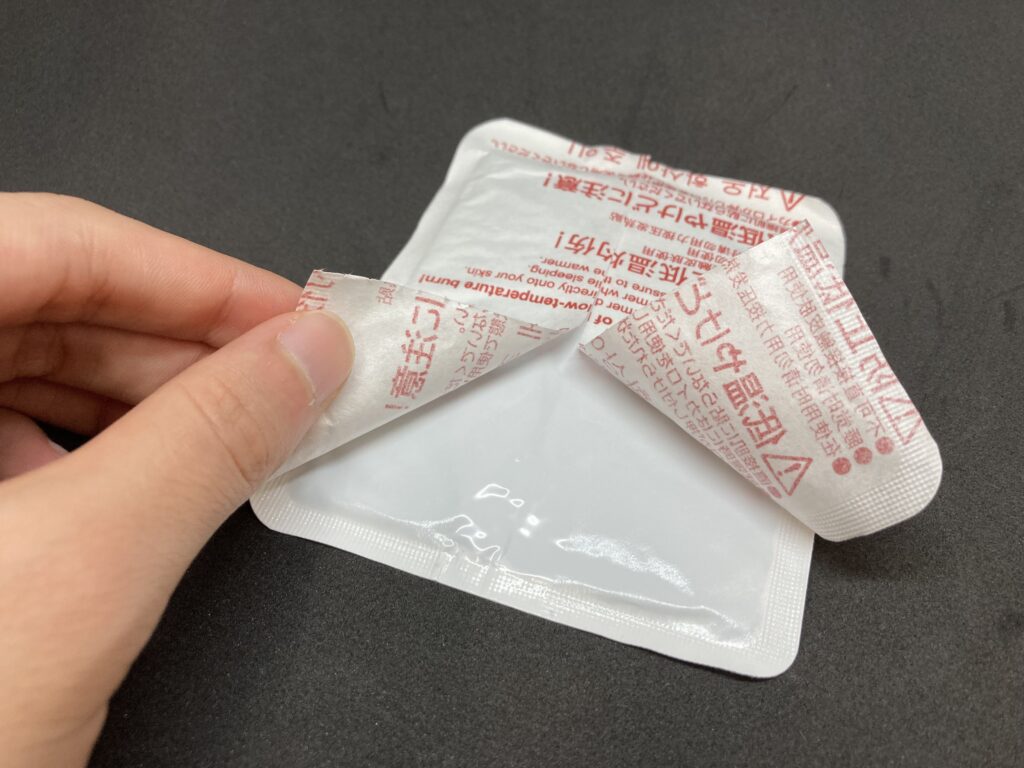
Peel off the sticker
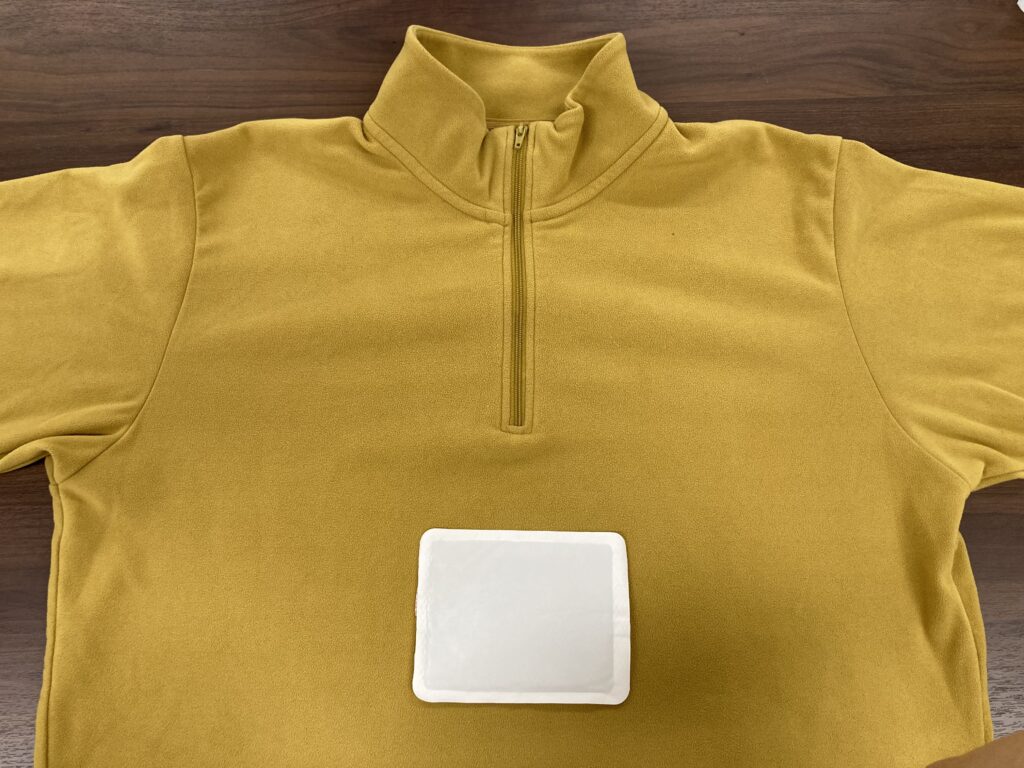
Stick the heat pack over your clothing on the desired area
2. Non-stick heat pack
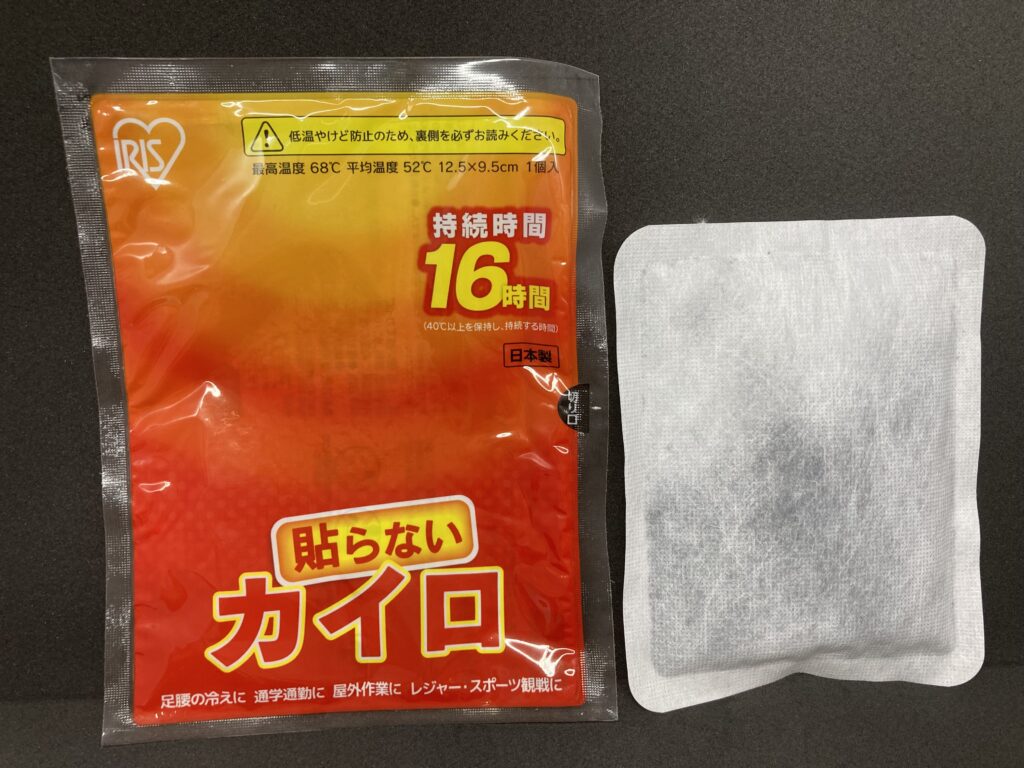
The non-stick heat pack is a portable type that can be placed in pockets or other areas, making it easy to carry and convenient to use.
Compared to the stickable type, it has a longer duration and is able to maintain a higher temperature for an extended period.
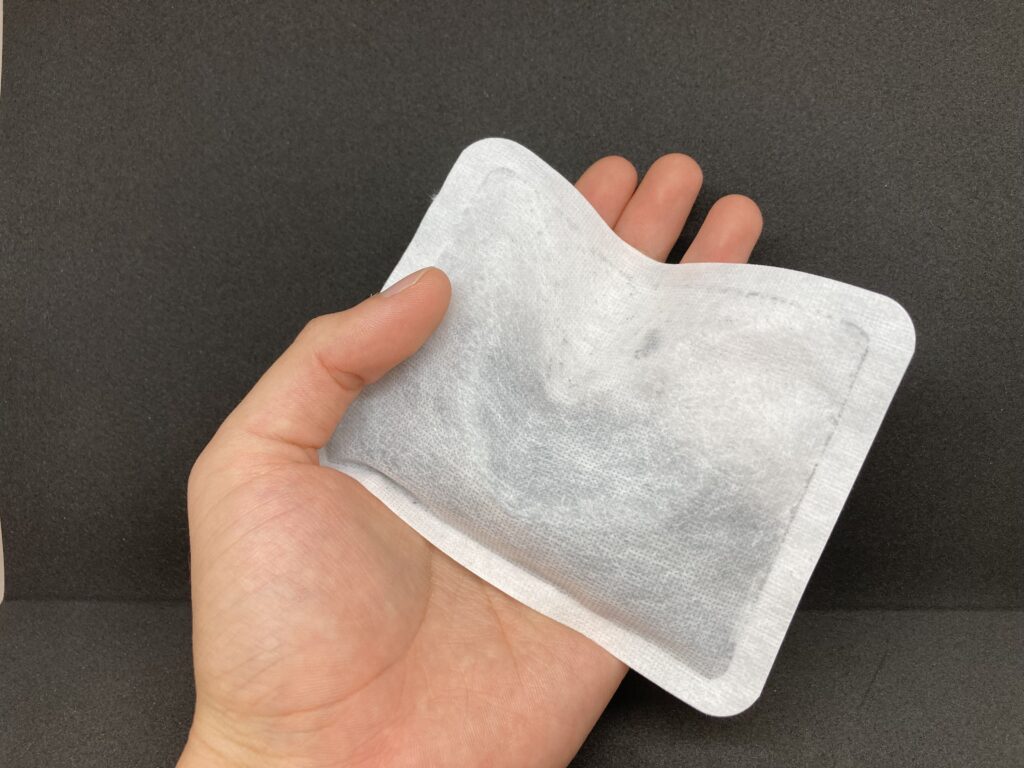
It is the size of the palm of your hand
After taking it out of the pouch, shake it a few times to activate it. Do not knead the warmer, as it can cause clogs and hinder the heat generation. Shaking it is the correct way to use it.
3. Stickable heat pack for socks
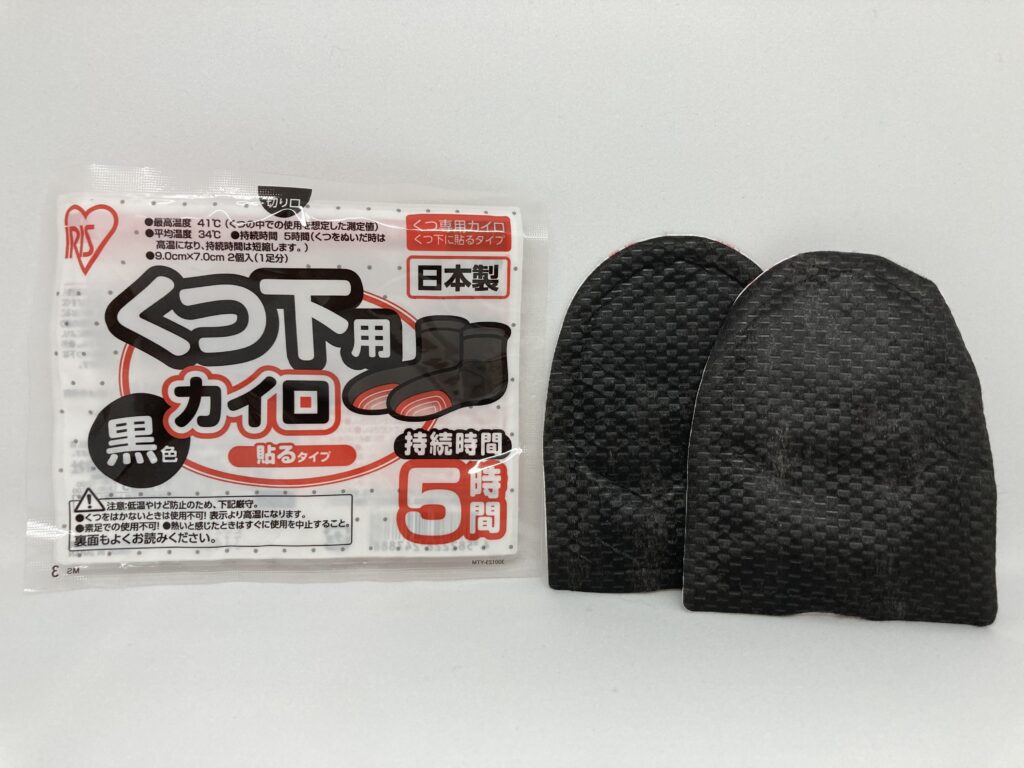
This heat pack is specifically designed for your feet and can be attached to the underside of your socks.
It effectively warms up your feet, which are prone to getting cold during long walks or outdoor events.
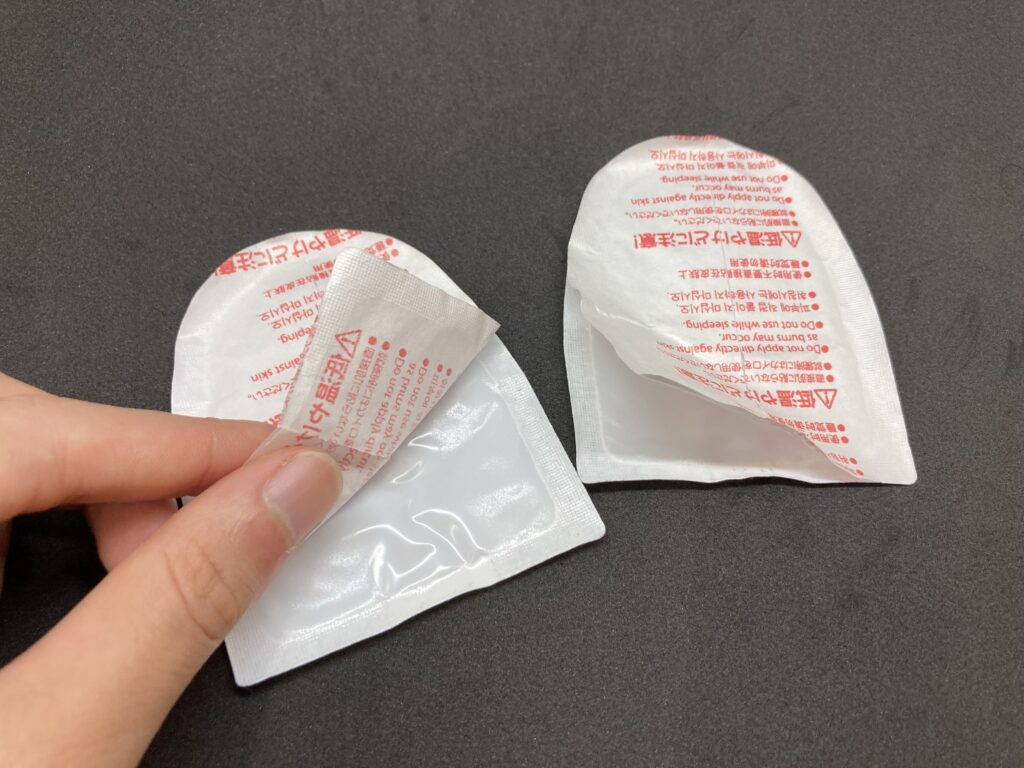
Peel off the sticker
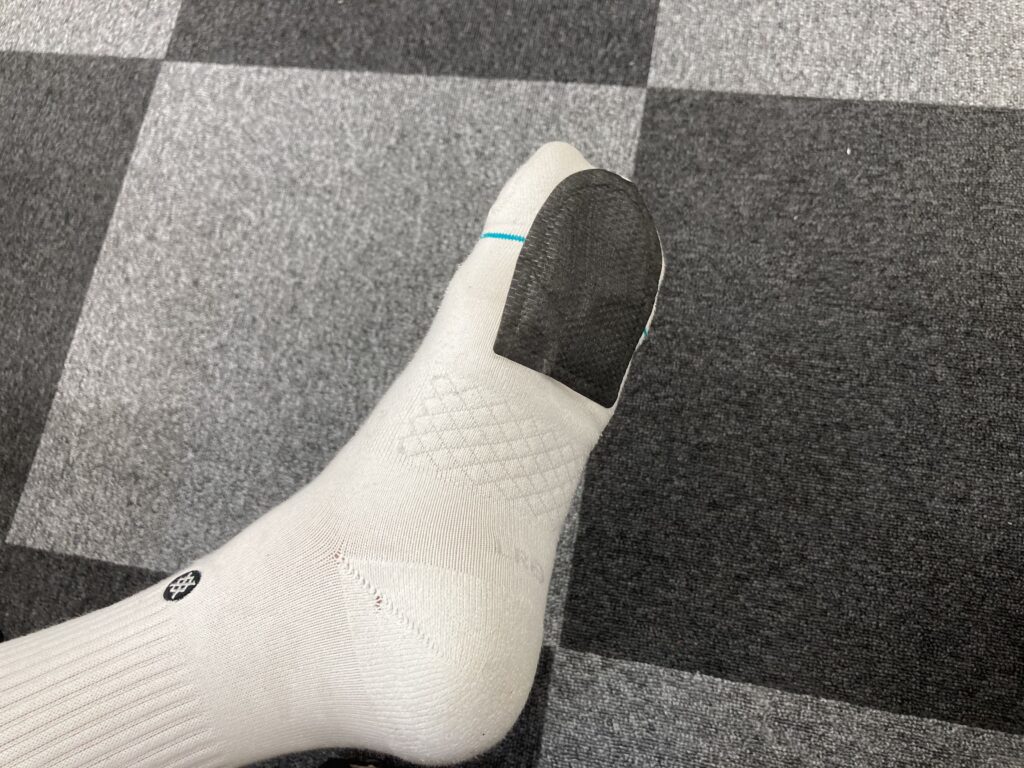
Stick it on top of the socks, over the toes
Be careful when removing your shoes, as the temperature may rise and the duration of warmth will shorten.
4. Neck-Warming Heat Pack
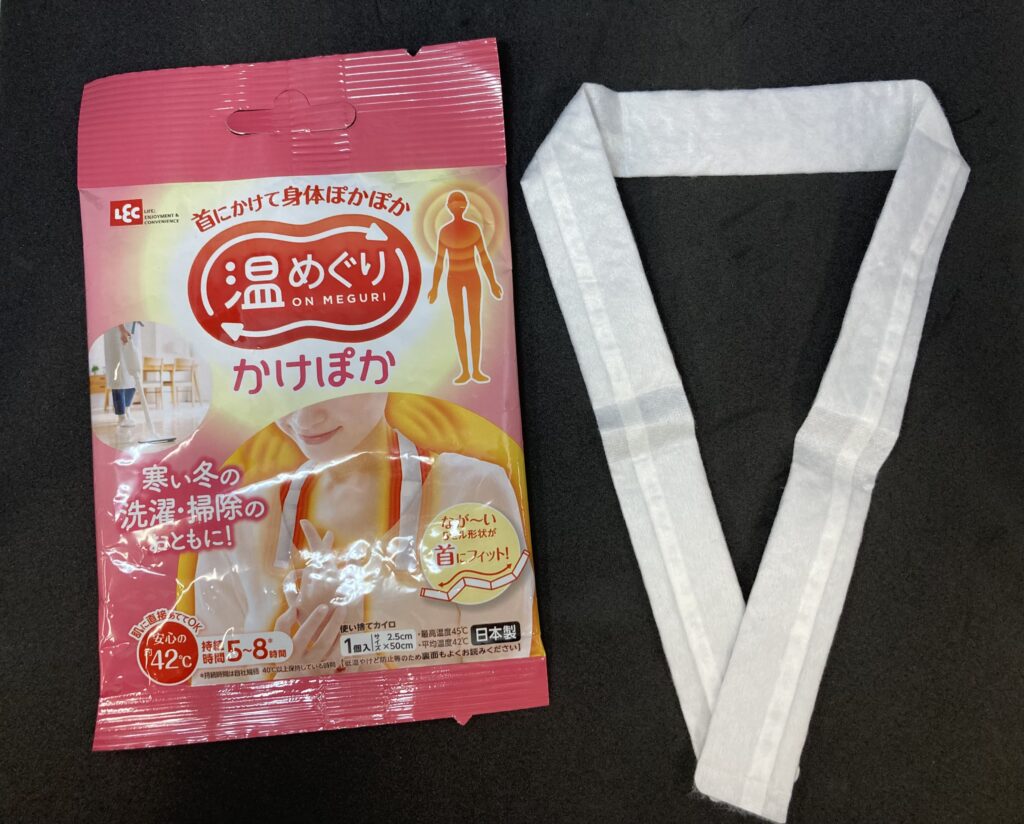
A neck-warming heat pack is a type of heat pack that you wear around your neck, similar to a scarf.
It has a lower temperature of around 42°C, so it can be applied directly to the skin without discomfort. The neck is an important area for regulating body temperature, and warming it can help keep your entire body comfortable.
Precautions for Using Heat Packs
1.Beware of Low-Temperature Burns
Using a heat pack on the same spot for too long can cause low-temperature burns (mild burns), so be cautious.
-
Use over clothing: For adhesive heat packs, avoid direct contact with your skin. Always place them over your clothing.
-
Move the heat pack regularly: Avoid keeping the heat pack in one spot for an extended period. Shift its position occasionally.
-
Avoid using while sleeping: While asleep, you may not notice if the heat pack causes discomfort. To prevent low-temperature burns, avoid using heat packs while sleeping, or remove them if necessary.
2.Proper Disposal of Heat Packs
-
Let it cool before discarding: Heat packs may still be hot after use. Be sure to allow them to cool down completely before disposing of them.
-
Follow local disposal guidelines: Many disposable heat packs are considered “burnable waste,” but disposal rules can vary by region. Be sure to follow your local waste disposal instructions to dispose of it correctly.
Summary
Heat packs are incredibly useful for enjoying sightseeing during the cold season. They are easily available at convenience stores and drugstores, so you can buy just the right amount you need during your trip.
In addition to the heat packs we’ve introduced, there are also ones designed for specific areas, such as those for the eyes or back, so be sure to choose one that suits your condition and activities!
By using them correctly, you’ll be able to enjoy Japan’s winter comfortably!